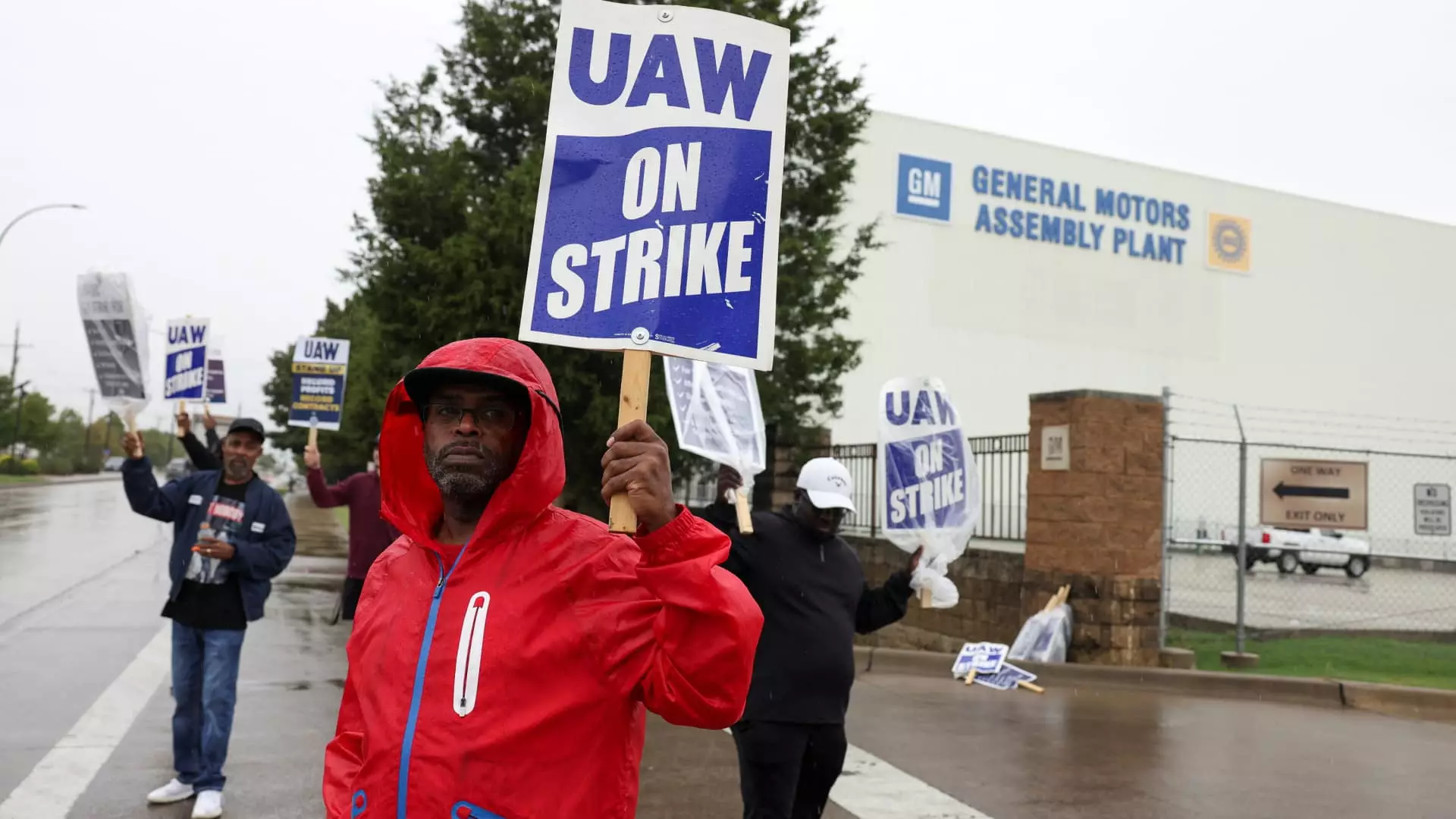After six weeks of targeted labor strikes by the United Auto Workers (UAW) union, negotiators have reportedly reached a tentative deal with Stellantis, a multinational automotive company. While the terms of the agreement still need to be approved by UAW leadership before being officially announced, this development holds significant implications for the auto industry as a whole. This article will explore the details of the tentative deal, its potential impact on the industry, and the challenges faced by automakers in meeting the union’s demands.
The negotiations between the UAW and Stellantis have been marked by intense discussions and concessions made by both parties. The tentative agreement, which followed a similar agreement between the union and Ford Motor, signifies a pattern that could be applied to other automakers. However, it is important to note that the deal must first be approved by union leaders and ratified by members.
The tentative agreement is expected to bring an end to six weeks of targeted labor strikes by the UAW, which arose due to the failure to reach new deals for the union’s 146,000 members before the September 14 deadline. These strikes have collectively cost billions of dollars in lost production for GM, Ford, and Stellantis. With the UAW reaching a tentative deal with Ford and now Stellantis, the hope is that negotiations with General Motors will also yield a favorable outcome.
The proposed agreements between the UAW and automakers are record-setting in terms of benefits for union members. The Ford deal, for example, includes 25% pay increases over the duration of the agreement, with an initial raise of 11%. These raises, along with other enhanced benefits, bring the top wage to over $40 per hour. Additionally, the agreement reinstated cost-of-living adjustments, shortened the path to top wages to three years, and granted the right to strike over plant closures. These benefits provide UAW members with increased job security and better compensation.
While the concessions made by automakers have been significant, there are concerns about the potential increase in labor costs. Ford estimates that the UAW strike has cost the company $1.3 billion, and if the deal is ratified, labor costs could rise by approximately $850 to $900 per vehicle produced. General Motors also reported losses of around $800 million due to the strike. The overall cost increase for automakers is projected to be substantial, with estimates of $6.2 billion at Ford, $7.2 billion at GM, and $6.4 billion at Stellantis.
The UAW’s more confrontational and strategic approach during negotiations marks a departure from recent history. Initiating negotiations with all three automakers simultaneously, rather than bargaining individually, demonstrates the union’s determination to secure favorable outcomes for its members. However, automakers have expressed concerns about the long-term viability and competitiveness of their companies if they meet all of the union’s demands. Striking a balance between meeting union demands and ensuring the sustainability of the auto industry remains a challenge.
The tentative deal between the UAW and Stellantis represents a significant step towards resolving the labor strikes that have disrupted the auto industry for six weeks. With Ford already reaching an agreement and negotiations with General Motors ongoing, the industry as a whole is eagerly awaiting the outcomes of these discussions. While the proposed agreements offer substantial benefits to UAW members, there are concerns about the substantial increase in labor costs for automakers. Finding a compromise that satisfies both the union and automakers will be crucial for the long-term success of the industry.


Leave a Reply